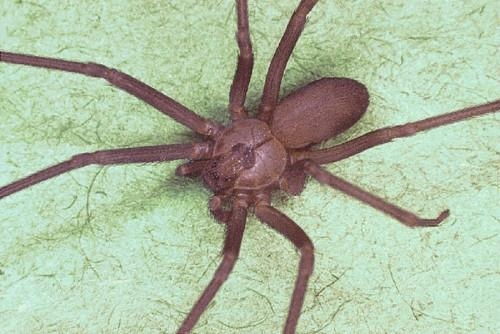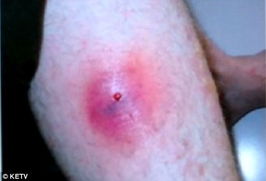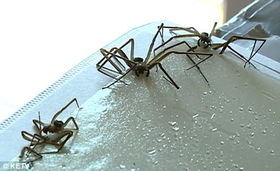
Understanding the Recluse Spider

The recluse spider, also known as the brown recluse spider, is a creature that has sparked fear and curiosity among many. With its distinctive appearance and potentially harmful bites, it’s important to understand this spider’s characteristics and the risks associated with its encounters.
Appearance and Habitat

Recluse spiders are typically brown or dark brown in color, with a distinctive light brown or yellow mark on the belly. They have long, thin legs and a flat, oval-shaped body. These spiders are often found in undisturbed areas, such as basements, crawl spaces, and garages. They prefer to hide in dark, secluded spots and are not aggressive towards humans unless they feel threatened.
Recluse Spider Bites

While recluse spider bites are not common, they can be dangerous. The venom from a recluse spider bite can cause a severe skin reaction, known as necrotic skin lesions. These lesions can be painful and may lead to scarring. In some cases, the venom can also cause systemic reactions, such as fever, chills, and muscle pain.
Identifying a Recluse Spider Bite
Identifying a recluse spider bite can be challenging, as the symptoms can resemble those of other spider bites or skin infections. However, some common signs include a red, raised, and itchy bite mark, followed by a blister that may break open and form a sore. In some cases, the sore may become necrotic, leading to a deep, painful ulcer.
Preventing Recluse Spider Bites
Preventing recluse spider bites involves taking certain precautions in your home and outdoor environment. Here are some tips to help reduce your risk:
| Precaution | Description |
|---|---|
| Seal Entry Points | Inspect your home for cracks and crevices where spiders may enter. Seal these areas with caulk or weather stripping. |
| Keep Clutter to a Minimum | Spiders often hide in cluttered areas. Keep your home clean and organized to reduce their presence. |
| Store Clothing and Shoes Properly | Keep clothing and shoes in sealed containers or in a well-ventilated area to prevent spiders from making a home in them. |
| Use Spider Traps | Place spider traps in areas where you’ve seen spiders or where they are likely to appear. |
Treating Recluse Spider Bites
If you suspect you’ve been bitten by a recluse spider, it’s important to seek medical attention promptly. Treatment may include cleaning the wound, applying an antibiotic ointment, and taking pain relievers. In severe cases, you may need to be hospitalized for intravenous antibiotics and wound care.
Preventing Future Encounters
Preventing future encounters with recluse spiders involves a combination of home maintenance and awareness. Regularly inspect your home for signs of spiders and take steps to eliminate them. Additionally, be cautious when handling unknown spiders and seek professional help if you’re unable to manage the problem on your own.
Conclusion
Understanding the recluse spider and its potential dangers is crucial for anyone living in an area where these spiders are common. By taking preventive measures and being aware of the signs of a bite, you can reduce your risk of encountering this potentially harmful creature.




